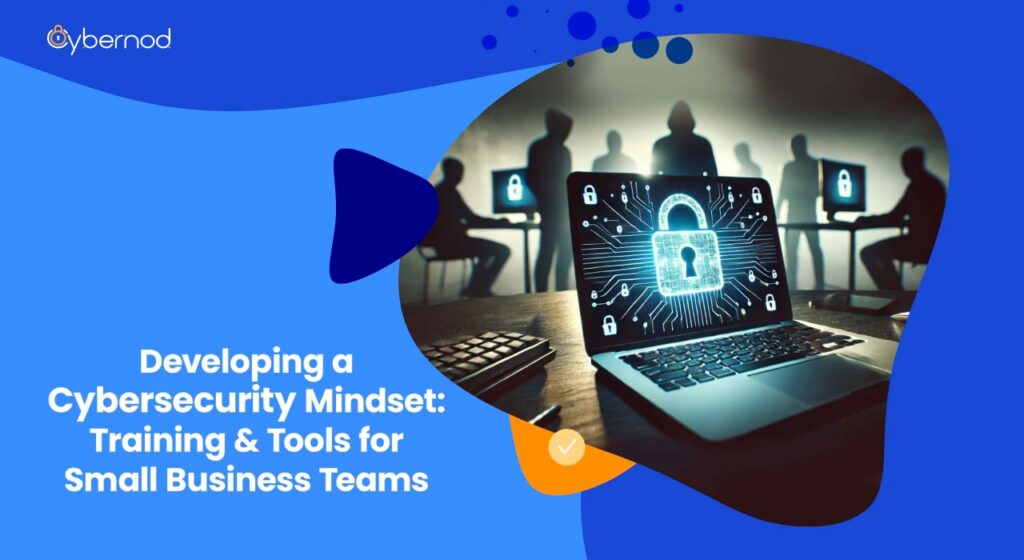
The digital landscape presents a double-edged sword for small businesses. While it offers unprecedented opportunities for growth and connection, it also exposes them to a heightened risk of cyberattacks. According to a 2023 report by Cybersecurity Ventures, a staggering 61% of cyberattacks target small and medium-sized businesses. These attacks can be devastating, resulting in stolen data, financial losses, and reputational damage.
Moving beyond reactive measures like incident response, a proactive cybersecurity approach is essential for small businesses to thrive in this ever-evolving threat environment. Cultivating a cybersecurity mindset is the cornerstone of this proactive approach. This mindset fosters a culture of awareness and vigilance within an organization, empowering employees to recognize and mitigate cyber threats. By prioritizing cybersecurity education and implementing effective tools, small businesses can significantly bolster their defenses and safeguard their critical assets.
This article explores the key elements of fostering a cybersecurity mindset within your small business team. We will delve into the growing prevalence of cyberattacks targeting small businesses, the importance of building a robust cybersecurity culture, and the essential training areas for employees. We will also introduce valuable tools and resources to equip your team with the knowledge and capabilities to navigate the digital world with confidence.
Why Cybersecurity Matters for Small Businesses
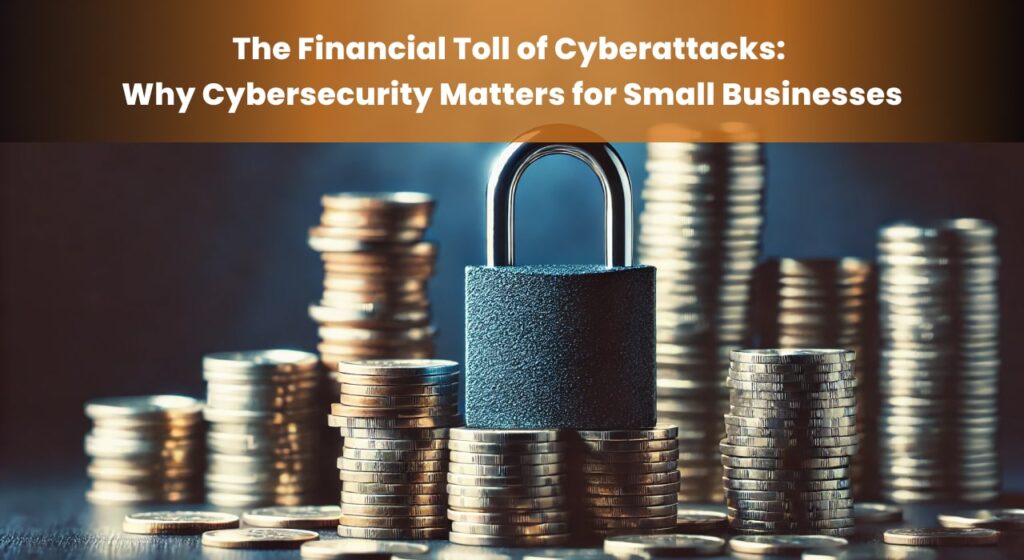
For small businesses, the consequences of a cyberattack can be catastrophic. Unlike their larger counterparts with dedicated IT security teams and ample resources, small businesses often lack robust defenses, making them prime targets for cybercriminals.
The frequency and cost of cyberattacks targeting small businesses are on a worrying upward trajectory. According to the 2023 IBM Cyber Security Intelligence Report, the average cost of a cyberattack for a small business is a staggering $2.7 million. This financial burden can cripple a small business, potentially leading to closure.
Beyond the immediate financial losses, cyberattacks can inflict significant reputational damage. A data breach, for example, can erode customer trust and loyalty, jeopardizing future sales and partnerships. Imagine the potential harm if customer financial information or sensitive data is compromised – the reputational fallout could be immense.
The most common cyberattacks targeting small businesses include:
- Phishing: Deceptive emails or messages designed to trick recipients into revealing sensitive information or clicking malicious links.
- Ransomware: Malicious software that encrypts a victim’s data, making it inaccessible until a ransom is paid.
- Malware: Malware: Software intended to disrupt, damage, or gain unauthorized access to a computer system.
The impact of a cyberattack extends beyond the small business itself. Customers whose data is compromised can experience identity theft and financial losses. Additionally, failing to comply with data protection regulations can result in hefty fines and legal repercussions.
By prioritizing cybersecurity assessments and implementing appropriate security measures, small businesses can significantly reduce their risk of falling victim to a cyberattack. Building a robust cybersecurity posture is no longer an option, but a necessity for any small business operating in today’s digital age.
Cultivating a Cybersecurity Mindset
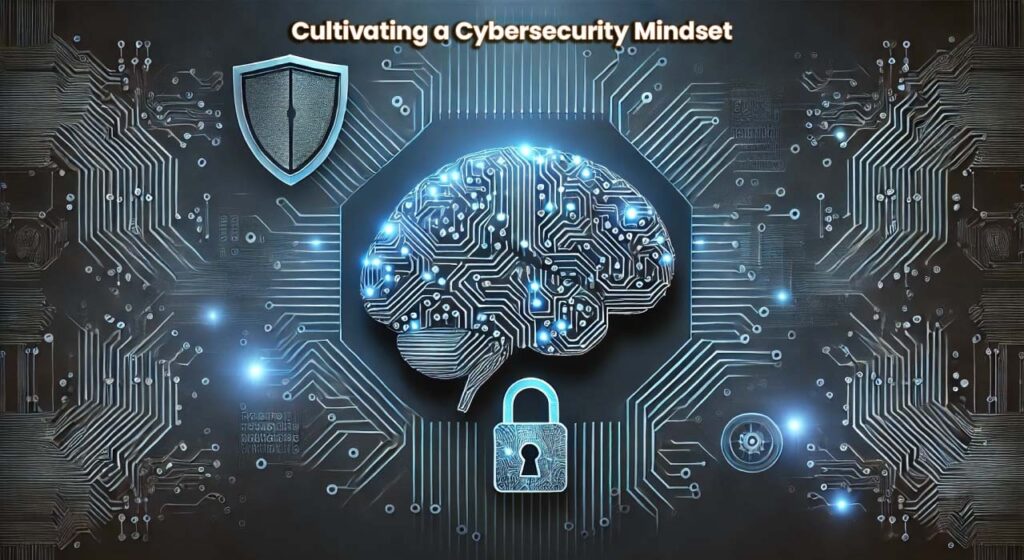
A cybersecurity mindset is more than just technical expertise; it’s a comprehensive approach to security that emphasizes awareness, vigilance, and a proactive stance against cyber threats. It fosters a culture where everyone within the organization understands their role in safeguarding sensitive information and systems.
The core principles of a cybersecurity mindset include:
- Vigilance: Maintaining a heightened awareness of potential threats and suspicious activity. Employees should be attentive to emails, messages, and downloads, and avoid clicking on unknown links or attachments.
- Skepticism: A healthy dose of skepticism is crucial in the digital age. Employees should question the legitimacy of unsolicited emails, phone calls, or messages, and verify information before taking any action.
- Awareness: Understanding common cyberattacks and their tactics empowers employees to identify and report suspicious activity. Regular training programs are essential for building this awareness.
A cybersecurity mindset fosters proactive security measures by:
- Encouraging a culture of security by design: Security considerations are integrated into everyday business practices, not treated as an afterthought.
- Promoting open communication: Employees feel empowered to report suspicious activity without fear of reprisal. This facilitates a prompt response to potential threats.
- Empowering employees to make informed decisions: Through regular training, employees gain the knowledge and skills to identify and mitigate cyber risks in their daily tasks.
Here are some actionable steps you can take to cultivate a cybersecurity culture within your team:
- Regular Security Awareness Training: Invest in regular training programs that educate employees about common cyber threats, phishing tactics, and best practices for secure online behavior.
- Simulations and Phishing Tests: Conducting simulated phishing attacks can help assess employee awareness and identify areas for improvement.
- Clear Communication and Policies: Establish clear cybersecurity policies that outline acceptable use of technology and reporting procedures for suspicious activity.
- Lead by Example: Management plays a critical role in fostering a culture of security. Leaders should demonstrate a commitment to cybersecurity by adhering to security protocols and promoting secure practices.
| Principle | Description | Practical Application |
|---|---|---|
| Vigilance | Maintain a heightened awareness of potential threats. | Be cautious of unexpected emails, phone calls, or messages. Verify the sender's identity before opening attachments or clicking on links. |
| Skepticism | Approach unsolicited communication with a healthy dose of doubt. | Don't be pressured into taking immediate action. Verify information independently before sharing personal data or making financial transactions. |
| Awareness | Understand common cyberattacks and their tactics. | Participate in cybersecurity training programs to learn about phishing scams, social engineering techniques, and malware threats. |
By cultivating a cybersecurity mindset within your team, you can significantly strengthen your organization’s defenses against cyberattacks. Remember, cybersecurity is a shared responsibility, and empowering your employees with the right knowledge and tools is a critical step towards achieving a more secure digital environment.
Cybersecurity Training for Your Team

In today’s digital landscape, cybersecurity threats are no longer a concern reserved for IT departments. Every employee, regardless of their role, plays a crucial part in safeguarding sensitive information and organizational assets. Cybersecurity training empowers your team to identify and mitigate cyber threats, ultimately minimizing your vulnerability to attacks.
There are various types of cybersecurity training available to cater to different learning styles and preferences:
- In-person workshops: These interactive sessions provide employees with a platform to learn about cyber threats, best practices, and security protocols through hands-on activities and group discussions. The collaborative nature of workshops can foster a sense of shared responsibility for cybersecurity within your team.
- Online training modules: Flexible and cost-effective, online training modules allow employees to learn at their own pace, making them ideal for busy schedules. These modules often cover a wide range of topics, from phishing awareness to password hygiene best practices.
- Phishing simulations: These simulations create realistic scenarios where employees receive emails or messages mimicking phishing attempts. They provide a safe environment for employees to hone their skills in recognizing and reporting suspicious activity.
The cybersecurity threat landscape is constantly evolving, with new tactics and techniques emerging all the time. Therefore, ongoing cybersecurity training is vital to ensure your employees remain updated on the latest threats and best practices. Regular training sessions reinforce key concepts and equip your team to adapt to the ever-changing digital landscape.
Finding affordable and effective cybersecurity training for your small business doesn’t have to be a challenge. Here are some resources to get you started:
- The U.S. Small Business Administration (SBA) offers free cybersecurity resources and guidance specifically tailored to small businesses.
- Industry associations often provide cybersecurity training programs and resources at discounted rates for members.
- A plethora of online platforms offer a variety of cybersecurity training modules at different price points.
Investing in your team’s cybersecurity awareness is an investment in the future of your small business. By providing ongoing training and fostering a culture of security, you can significantly reduce your risk of falling victim to a cyberattack.
Essential Cybersecurity Tools for Small Businesses
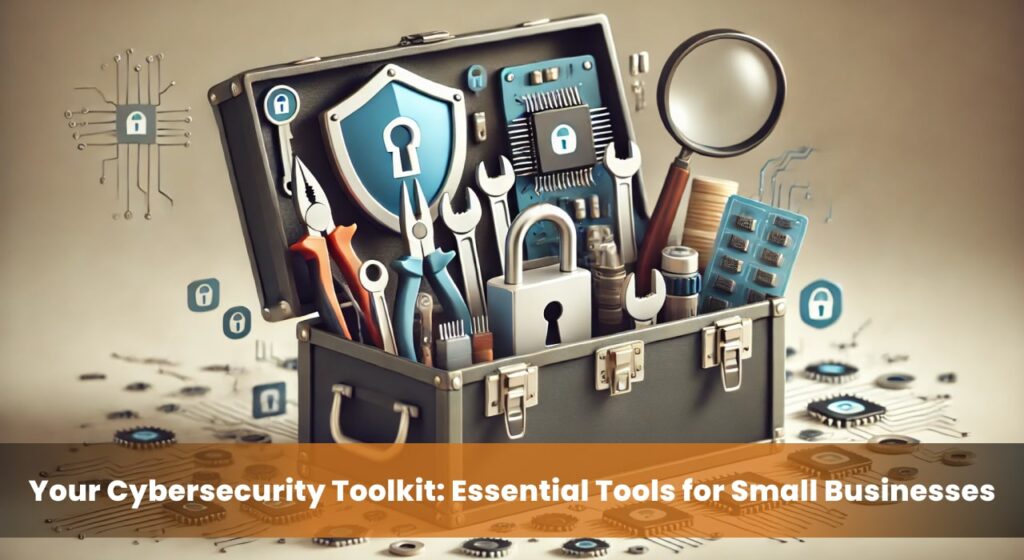
Achieving a robust cybersecurity posture requires a layered defense approach. This analogy is similar to a well-fortified castle, with each layer adding another barrier against intruders. Cybersecurity tools function as individual fortifications within this layered defense system, working together to mitigate various cyber threats.
Here are some essential cybersecurity tools for small businesses:
- Antivirus and Anti-malware Software: These programs act as the first line of defense, continuously scanning your devices for malicious software (malware) like viruses, worms, and spyware. By detecting and quarantining malware before it can infect your system, they prevent data breaches and system disruptions.
- Strong Password Management Solutions: Weak or reused passwords are a major security vulnerability. Password management solutions provide a secure platform to store strong, unique passwords for all your online accounts. This eradicates the risk of password breaches and unauthorized access.
- Firewalls: Firewalls function as gatekeepers, overseeing incoming and outgoing network traffic.. They can be configured to block suspicious traffic and only allow authorized connections, protecting your systems from external attacks.
- Data Encryption Software: Data encryption scrambles sensitive information, rendering it unreadable by unauthorized users. This is particularly important for safeguarding confidential data like customer information or financial records. Data encryption software ensures that even if a cybercriminal breaches your system, they cannot access the protected data.
- Email Filtering and Spam Protection: Malicious actors often use spam emails as a gateway for phishing attacks or malware distribution. Email filtering and spam protection tools can help block these malicious emails from reaching your inbox, reducing the risk of employees falling victim to phishing scams.
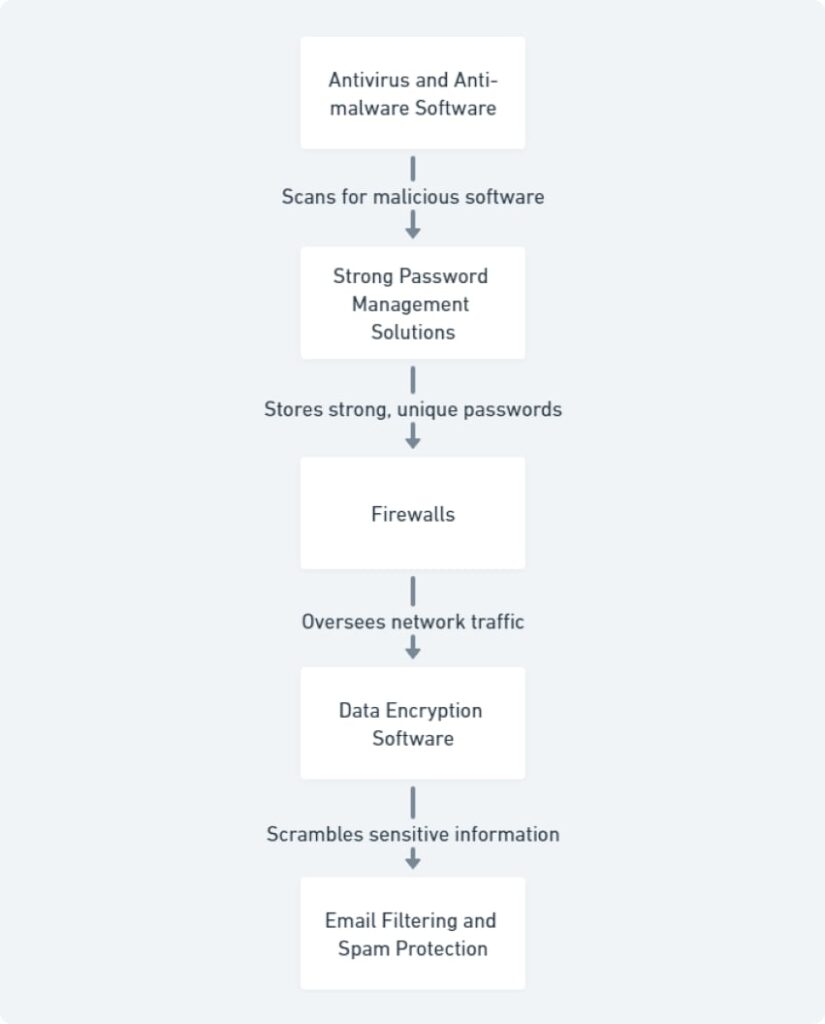
By implementing a combination of these essential tools, small businesses can significantly strengthen their cybersecurity posture and minimize the risk of cyberattacks. Remember, a layered defense approach offers the most comprehensive protection, as each layer acts as a failsafe mechanism in case one layer is breached.
Now that you understand the essential cybersecurity tools available, how can you ensure you’re using them effectively and that your overall cybersecurity strategy is comprehensive?
For a deeper dive into conducting a thorough security gap assessment and identifying vulnerabilities within your small business, explore our companion article: “How to Conduct a Thorough Security Gap Assessment in Small Enterprises.”
In today’s digital age, cybersecurity is no longer an optional consideration for small businesses. This article has emphasized the growing prevalence of cyberattacks targeting small businesses and the devastating consequences they can have. By fostering a cybersecurity mindset within your team, implementing essential training programs, and utilizing appropriate security tools, you can significantly bolster your defenses. Remember, cybersecurity is an ongoing process. Regular assessments and a commitment to continuous learning are crucial for staying ahead of evolving threats.
For further information and guidance, explore valuable resources offered by government agencies and industry associations. These resources can provide in-depth guidance on cybersecurity best practices, risk assessments, and choosing the right security solutions for your small business.
Categorized in:
Comments